Characteristics of the Temnothorax species
The name itself covers not one but several species (e.g. temnothorax- unifasciatus, affinis, jailensis). It is small in stature and has a yellowish-brownish colour. The size of the colony is just a few hundred workers. About 14 species are known in our country.
Their nuptial flights generally take place from late June to early September. However, for some species (e.g. T. nigriceps), mid to late September is also possible. Although it is difficult to collect them in this way. The simplest solution is to go out in nature and look for long-lost nuts and tubers. Temnothorax species like to nest in them. However, it’s worth collecting more, because when you open them you may come across so-called satellite colonies that are not immediately recognisable.
A satellite colony is very similar to a normal colony, but in this case the queen is missing. This can be thought of as the fact that due to space requirements and expansion, an adult Temnothorax colony may nest in several burrows / nutshells, but as it is a monogynous species, one may contain only the queen and the others are used by workers to rear offspring, as living quarters.
That’s why at first it may seem like we’ve found a decent colony, but if we don’t find the queen after a long search, it won’t be because she’s so hidden. They are also found under tree bark.
Temnothorax species found in our country (Hungary):
- Temnothorax- affinis, albipennis, clypeatus, corticalis, crassispinus, interruptus, nadigi, nigriceps, nylanderi, parvulus, ravouxi, saxonicus, tuberum, unifasciatus
It is not a fast-growing species, it is monogynous, with a single adult queen numbering only a few hundred workers. During their development, cocoon does not appear.
Temnothorax is a hibernating species. Hibernation is recommended from the end of October to the end of March. During this period, the right temperature is 5-8 degrees Celsius. Hibernation can be done in a test tube or a formicarium, depending on the number of individuals. Keep them in a dark place and do not disturb them by moving them.
In terms of food, Temnothorax sp. like small insects, but as they are a shy species, they should not be fed live insects. It is essential that only sterile food is fed to them, as insects caught outside can carry pathogens at higher rates, which can lead to the death of the colony. In addition, you can give them very small amounts of honey and sugary water because of the risk of sticking. Water supplies should always be available for them.
Attention! The displayed product image is protected by copyright, and its use requires permission. The picture is an illustration.
You can find useful videos about them on our TikTok channel.
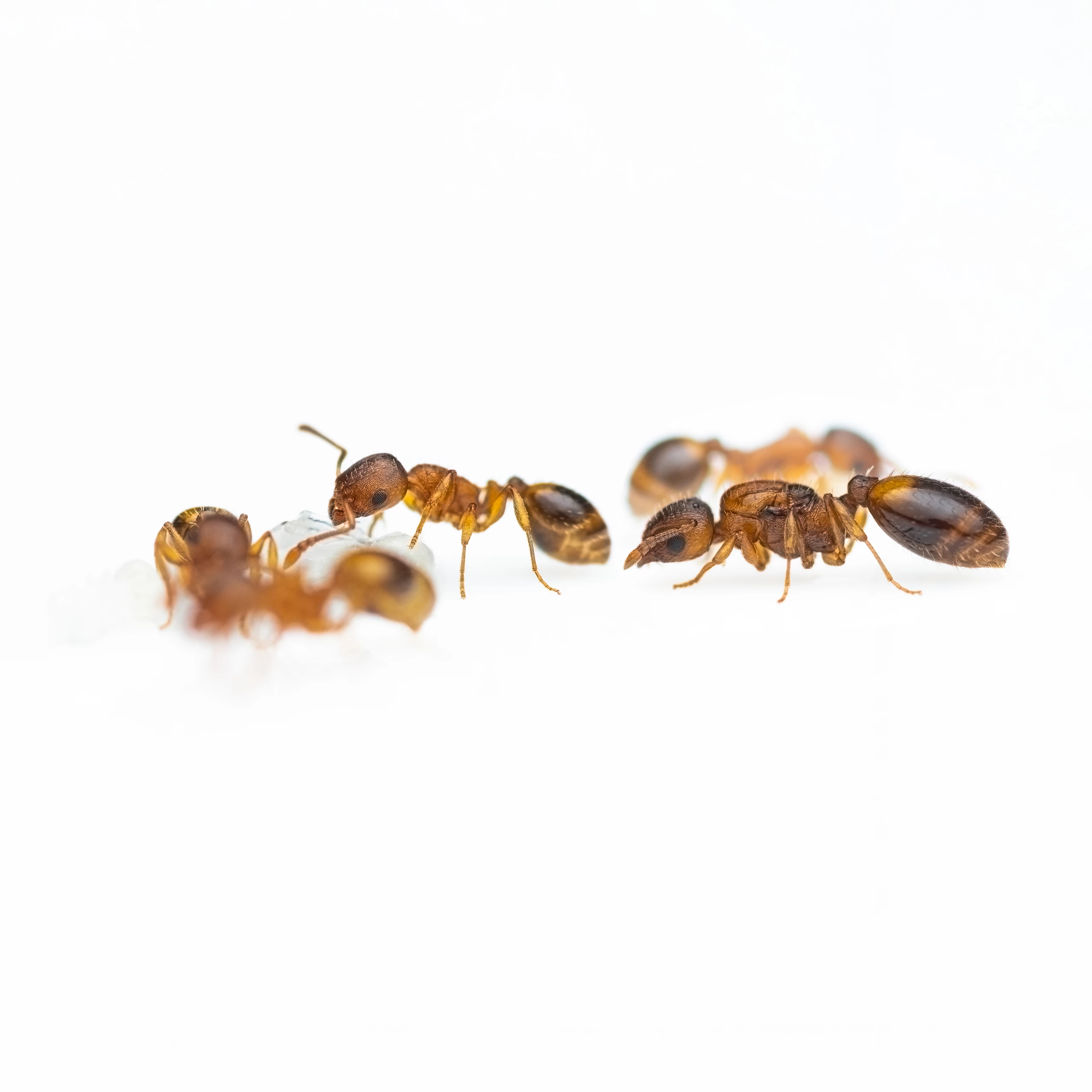
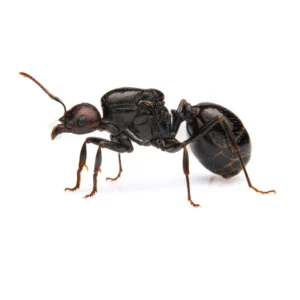
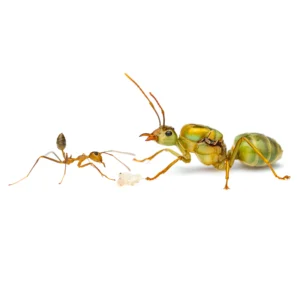
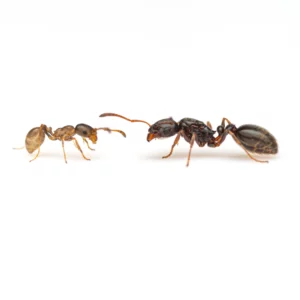
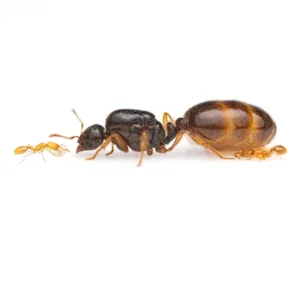

Adél (verified owner) –